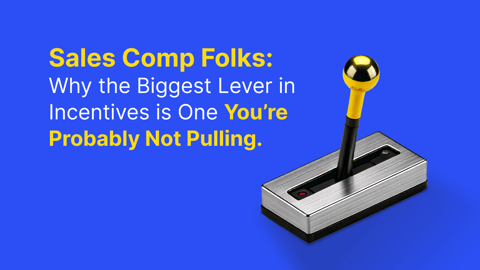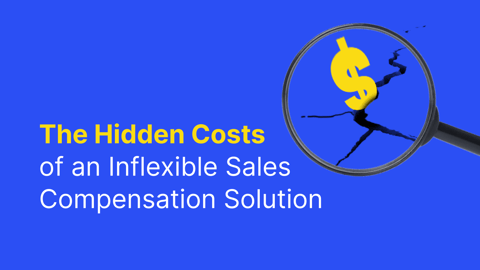Opportunity Stages in Salesforce are a resource for your sales reps to stay organized and make selling easier. The problem that we see is that they don’t match up with how sales reps move deals through the funnel – and so it doesn’t actually make selling easier.
Best practice guides and templates copied from other successful companies are a good start, but your stages need to be set up for the way your sales reps1. Consider your deal types
What distinct deal types do you have?
Different deal types are used in Salesforce to manage different kinds of deals, like:
- New business vs. Renewal/Upsell
- Transactional vs. Enterprise
It often makes sense to have different stages for your different deal types, like having a simplified process for renewal/upsell. Dedicated stages for different deal types help to drive strong adoption among the reps, but it does present challenges when it comes to having normalized reporting.
2. Identify clear entrance and exit criteria for every stage you have today
Keep it simple. What thing(s) needs to happen in order for a deal to move in and out of each stage. List it out on the worksheet, and get the perspective from others on your team and in the business to see if the reasons are clear and agreed upon.
Take a look to see if the exit criteria for your stages line up with the entrance criteria for the next stage. Look out for any gaps or overlap that exist.
Exit to Nurture Reasons
When a deal exits a stage to be Closed Lost and moved to Nurture, it’s important to know “why” it’s moving there.
The purpose of Nurture is to get them back into the funnel, and in order to do that effectively, you need to know why the deal didn’t work in the first place. We suggest creating a required picklist field for Nurture Reason.
Talk with your Sales team to see what the common reasons are for deals falling through, and make those the picklist values. Good nurture reasons are clear, auditable, and in a language your prospect uses. Bad nurture reasons are fuzzy catch-all buckets like “Bad lead” or “Not a fit”.
Clear nurture reasons provide your team with the context to create structured, value-add programs that prime leads to purchase from you when they are back in a buying cycle.
3. Fill in your metrics
Take a look at the sales metrics you use for forecasting to fill in the “probability to win” blanks in the worksheet.
Next, look at your conversion rates over the past year or so, and fill in the conversion rates from stage-to-stage, as well as how long the average deal spent in each stage.
4. Interview sales reps
Keep this separate from what’s currently on the worksheet.
An exercise that is proven to be helpful is to get your best reps in front of a whiteboard and interview them:
- What happens in the first meeting with a client
- Then what
- Then what
- All the way to closed-won (or lost)
This helps you get an idea of the important things that happen (or don’t happen) in each stage for different deals. If you have a handoff between an SDR/BDR type role and an AE, make sure to include both teams in the interviews. Get the complete story from lead-to-revenue.
The information that comes out from these interviews is critical. It’s what you will use to compare against what is on your worksheet to evaluate what needs to change.
5. Evaluate
This is the fun part.
Compare what your current Opportunity Stage structure looks like to how your sales reps are actually selling. How does it stack up?
Here are a few questions to ask:
- Are reps using all of your stages or skipping some?
- Are reps using one stage to run the majority of your sales cycle length?
- Are reps using one certain stage as a holding pen to nurture accounts?
- Do opportunities rapidly move through transactional stages of your process?
- Is the entrance/exit criteria for each stage obvious to your reps and sales managers? Is that criteria defined? Is it implicit in the stage name?
6. Make change
After you’ve spent some time evaluating how your current opportunity stages lineup with how your sales team is selling, it’s time to make improvements.
Whether you’re completely revamping your Opportunity Stages or makes some small changes, here are 4 outcomes to work towards:
-
Opportunity stage names are clear (you can tell what needs to happen by the stage name)
-
Opportunity stages are split up to reflect the steps in your sales process
-
Consolidate stages when possible – if deals are moving through certain stages at a fast pace with a high conversion rate (95%+) then consider consolidating, it will make reporting easier.
-
Entrance and exit criteria for each stage are clear (and agreed upon by everyone!!)



